First, there are generally six advantages to
hot-dip galvanized steel pipes:
1. Low processing costs: The cost of hot-dip galvanizing for rust prevention is lower than that of other paint coatings.
2. Durability: Hot-dip galvanized steel pipes have a glossy surface, a uniform zinc layer, no missing plating, no dripping, strong adhesion, and strong corrosion resistance. In rural environments, the standard hot-dip galvanizing layer can last for over 50 years without repair. In urban or coastal areas, the standard hot-dip galvanizing layer can last for 20 years without repair.
3. Good reliability: The galvanized layer is consistent with the steel. Hot-dip galvanized steel pipes are metallurgically bonded, becoming part of the steel surface, resulting in a more durable coating.
4. The coating on hot-dip galvanized steel pipes is highly resilient: The galvanized layer forms a unique metallurgical structure that withstands mechanical damage during transportation and use.
5. Comprehensive protection: Every part of the component is zinc-coated, ensuring complete protection even in recessed areas, sharp corners, and hidden areas.
6. Time and labor savings: The galvanizing process is faster than other coating methods and eliminates the time required for post-installation painting on the construction site.
Second, storage requirements for hot-dip galvanized steel pipes:
The site or warehouse for hot-dip galvanized steel pipes should be clean, well-drained, and away from factories and mines that generate harmful gases or dust. Keep the site clear of weeds and other debris to ensure the hot-dip galvanized steel pipes are kept clean. Do not store hot-dip galvanized steel pipes in the warehouse with corrosive materials such as acids, alkalis, salts, and cement. Different types of square pipes should be stacked separately to prevent mixing and contact corrosion. Large steel sections, rails, steel plates, large-diameter steel pipes, forgings, etc., can be stored outdoors. Small square tubes, thin steel plates, steel strips, silicon steel sheets, small-diameter or thin-walled steel pipes, various cold-rolled and hot-dip galvanized steel pipes, and expensive and easily corroded metal products can be stored in warehouses. The warehouse should be selected based on geographical conditions. Generally, a standard enclosed warehouse with a roof, walls, tight doors and windows, and ventilation is used.
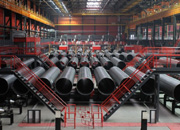 Threeway Steel is known as a professional supplier engaged in manufacturing and distributing a wide range of steel pipe, and our headquarter located the central part of China – Hunan and six associated factories throughout China.
Threeway Steel is known as a professional supplier engaged in manufacturing and distributing a wide range of steel pipe, and our headquarter located the central part of China – Hunan and six associated factories throughout China.
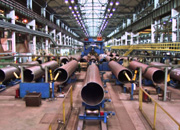 Threeway Steel is known as a professional supplier engaged in designing, manufacturing and distribution of a wide range of steel products with the headquarter located the central part of China – Hunan and six associated factories throughout China.
Threeway Steel is known as a professional supplier engaged in designing, manufacturing and distribution of a wide range of steel products with the headquarter located the central part of China – Hunan and six associated factories throughout China.
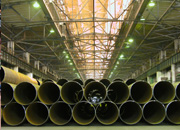 Threeway Steel is known as a professional supplier engaged in designing, manufacturing and distribution of a wide range of steel products with the headquarter located the central part of China – Hunan and six associated factories throughout China.
Threeway Steel is known as a professional supplier engaged in designing, manufacturing and distribution of a wide range of steel products with the headquarter located the central part of China – Hunan and six associated factories throughout China.
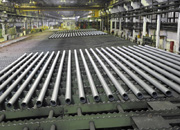 Threeway Steel is known as a professional supplier engaged in designing, manufacturing and distribution of a wide range of steel products with the headquarter located the central part of China – Hunan and six associated factories throughout China.
Threeway Steel is known as a professional supplier engaged in designing, manufacturing and distribution of a wide range of steel products with the headquarter located the central part of China – Hunan and six associated factories throughout China.
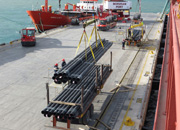 Threeway Steel is known as a professional supplier engaged in designing, manufacturing and distribution of a wide range of steel products with the headquarter located the central part of China – Hunan and six associated factories throughout China.
Threeway Steel is known as a professional supplier engaged in designing, manufacturing and distribution of a wide range of steel products with the headquarter located the central part of China – Hunan and six associated factories throughout China.

